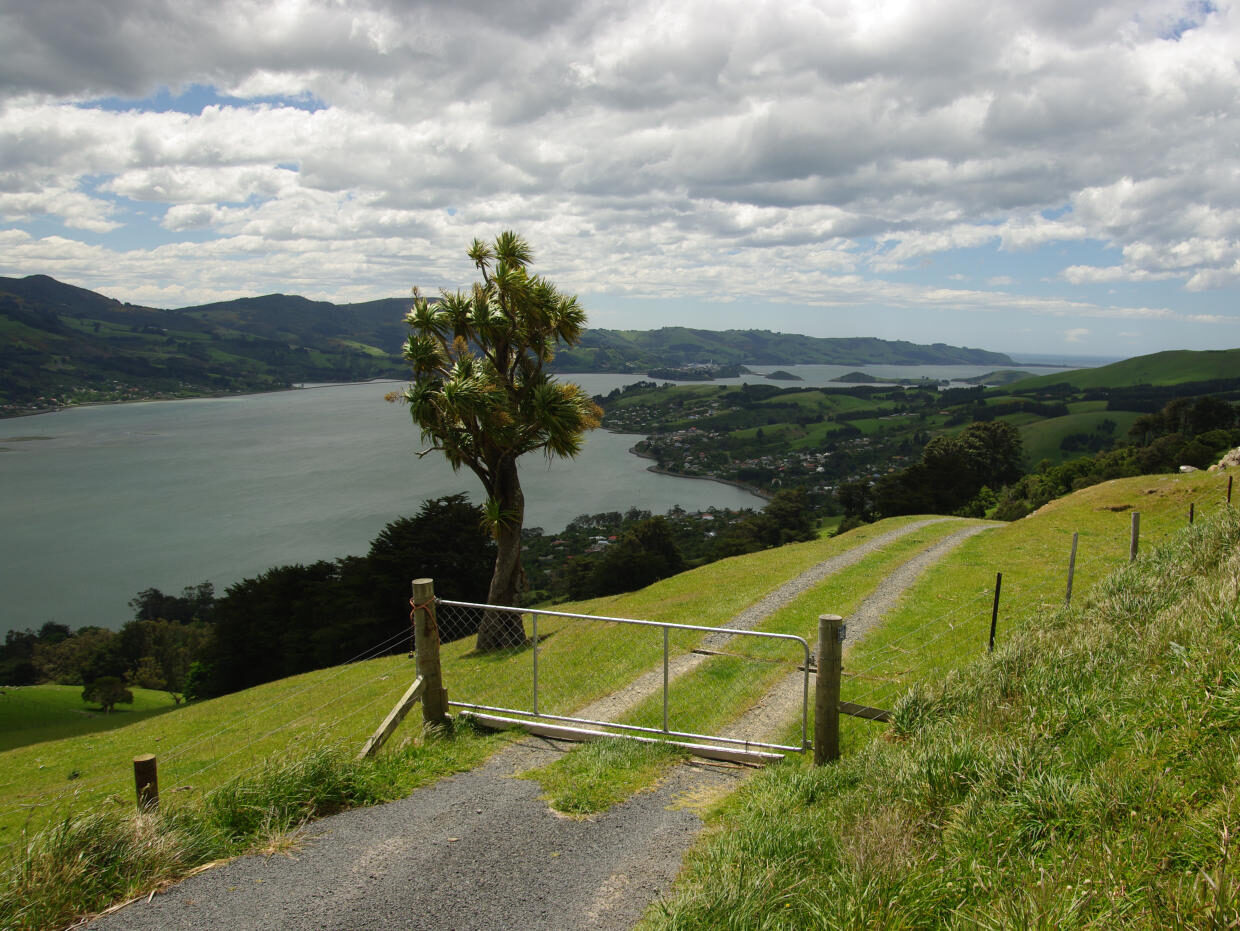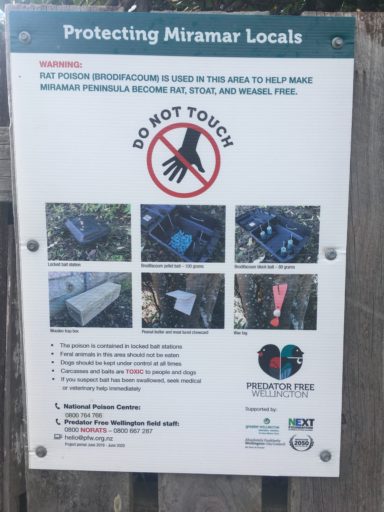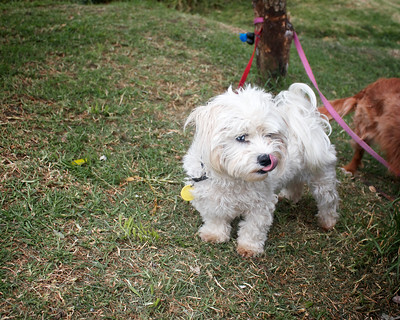ON THIS PAGE
Introduction
Compared with trapping, the use of bait stations can save time, money and resources. However, if baits are misused there is a risk of poisoning non-target species including wildlife, livestock and pets. Some baits contain toxins that build up in the environment (see below) over time. It is recommended that you alternate baiting with trapping for ongoing control over large areas, or use a combination of bait stations and traps as some introduced predators may prefer one over the other
Below is an introduction to bait stations, a summary of baits used in New Zealand, and some safety tips. This information is intended as an overview, with no endorsements of individual products.
It’s important to get region-specific advice from your local council, landcare or DOC as to best practice, as well as obtaining any necessary permits.
They can also help you identify whether there are any native species that may be at risk, which is a key factor in determining which type of bait to use.

Where and how to use bait stations
Bait stations keep baits fresh and also allow predator species to access bait while restricting or minimising access by non-target species. For rodents, bait stations with stakes inside are often the best option because they prevent ground spillage. They also reduce the chances of environmental buildup and non-target poisoning because the rodent cannot take the block bait away. Pellet baits can be secured inside bait stations for possums in biodegradable plastic bags to reduce spillage. The rule of thumb for placement is at least one bait station per hectare for possums, or two stations per hectare for rodents.
All baits should be secured in bait stations. Securing baits will also prevent predators from storing or caching the bait (rats in particular can store a lot of bait). On public land, stations should be placed at least 5 metres from walking tracks and clearly signposted (signs should remain even after baiting has finished, e.g. 12 months after final bait has been retrieved for Brodifacoum).

Stations should be regularly checked, with baits refreshed and old bait safely disposed of (for best practice, refer to the product label). Following the label is essential for cost effectiveness, and also because bait toxin formulations work differently. Some require periodic refills while others require constant refills over a shorter period. Keep a record of your bait stations, as well as which baits you’ve used and when.
The type of bait station depends on the site, which bait you use, the risk of the bait to non-target species, and whether the station is on private or public property. Commonly-used bait stations are available from Philproof, Key Industries and Pest Control Research, among others. See our guide on where to buy equipment.
Pulsing is recommended when using baits. Instead of baiting year-round, putting bait out at key times (or pulsing) is more strategic and also cheaper. Effective pulsing times are usually four times a year (August, November, January and April). Follow the product label for recommended dosages and frequency of refills.
Make sure grass and any other vegetation is controlled at least one metre from bait station entrances. This prevents bait from going mouldy and also makes access easier for your target species, which often view things from a distance and need a clear view to be confident entering a bait station.
Where you place bait stations is really important. If there are ground-dwelling native species, bait stations should be in trees. When placing bait stations in trees find places where there are intersecting branches, so the rodent or possum has easy access into the station. Placing bait stations on trunks can make it hard for them to get into the station.
Safety advice for handling toxic baits
- Know your area, including which non-target species are at risk of secondary poisoning – e.g. people, dogs, livestock, and native birds such as weka.
- Learn when to use baits most effectively, e.g. rat control is best just before or during bird breeding season (usually Aug-Jan).
- Read the product label carefully, as well as the manufacturer’s instructions and Safety Data Sheet — to avoid buildup or poisoning it’s crucial to use as per the label. It is also essential because every product has subtle differences in how they need to be used in order to work effectively.
- Use rubber or leather gloves when handling toxins (and also when handling dead animals to avoid leptospirosis and other diseases and infections).
- Check that no baits have spilled on the ground when refreshing bait – if they have, clean them up to further reduce the risk of non-target poisoning and bait shyness of your target species from old bait.
- Do not put new bait in on top of old bait (mouldy, discoloured, partially eaten) as you can cause bait shyness and blunt a good tool.
- Do not throw used bait into the bush. Take it back with you and dispose of it responsibly.
- If poisoning is suspected, contact a vet/doctor immediately or call the National Poisons Centre on 0800 764 766 (0800 POISON).
- Most toxins have antidotes but they must be administered in the early stages by a doctor/vet.
- Check whether you need a Controlled Substance Licence (CSL) and any other approval prior to use.
- If unsure, contact the manufacturer, landcare group, DOC or biosecurity department of your council.
- Ensure livestock, dogs and children cannot access the bait stations (always secure them well if on fences and facing away from paddocks, and place at heights where they cannot access the bait). If using paper sachets instead of bait stations, don’t place these on paddock fence posts.

Summary of baits
We have written an at-a-glance summary of baits available in New Zealand with details about each bait.

